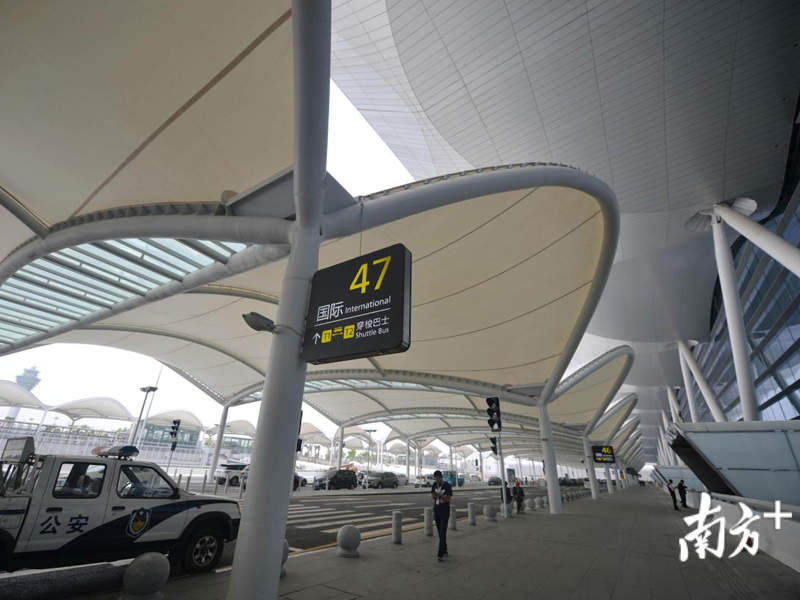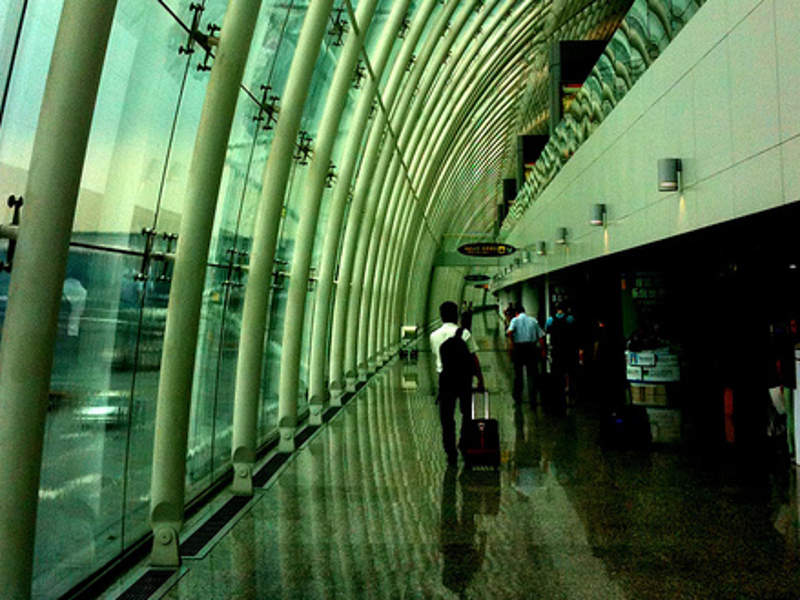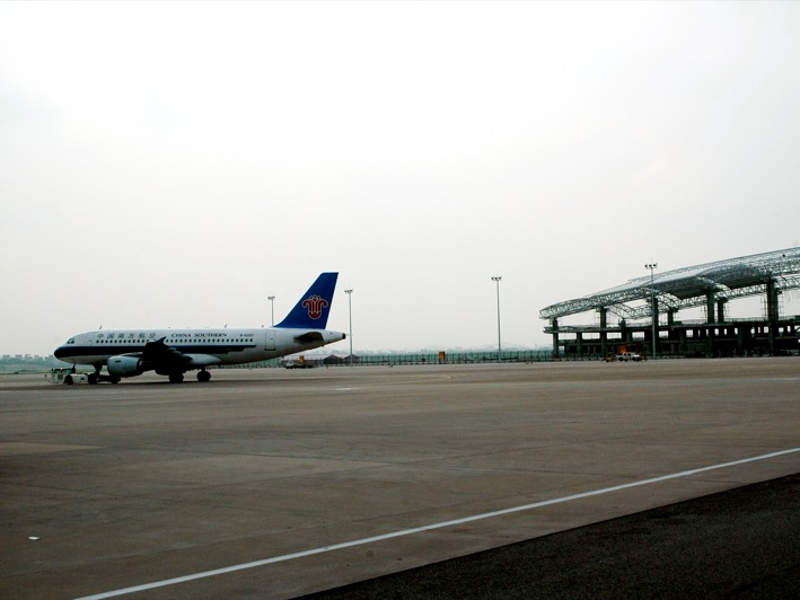Guangzhou Baiyun International Airport (GBIA) in China officially inaugurated a new passenger terminal, Terminal 2 (T2), in April 2018.
The new terminal is part of an expansion plan worth RMB17.1bn ($2.1bn) announced by the airport’s operator in 2008, with an aim to convert the existing airport into an aviation hub of southern China.
The existing Terminal 1 (T1) welcomed more than 65.8 million passengers in 2017, operating beyond its capacity. T2 has a capacity to handle 45 million passengers a year, increasing the airport’s annual passenger capacity to 80 million.
With its increased capacity, the new terminal will assist Guangzhou Baiyun international airport to cater the needs of increasing domestic and international passengers and reinforce its position as a key international aviation hub in the Pearl River Delta region.
The airlines served by the new terminal include China Airlines, China Southern Airlines, Shanghai Airlines and China United Airlines, Xiamen Airlines, China Eastern Airlines, Sichuan Airlines, Chongqing Airlines, Hebei Airlines, Korean Air, Air France, Aeroflot, Vietnam Airlines, Garuda Indonesia, Kenya Airways, and Saudia.
Terminal 2 development history
The expansion plan was approved by the Guangdong Development & Reform Commission (GDRC) in July 2008 and by the National Development & Reform Commission in August 2008.
The master plan included the construction of a new passenger terminal, expansion of the existing terminal, construction of two new runways and parking areas in the airport.
Construction work on the new terminal began in August 2012, while completion of other expansion works is scheduled for 2025.
Details and facilities at the Terminal 2
T2 is a four-story building with a 658,700m² floor area. It is developed on an 880,700m² site located to the north side of the T1.
The new terminal building features a white cloud design, which incorporates elements showcasing the region’s local and cultural heritage. It has five corridors leading to the gates and 58 jetways to allow the boarding of passengers into aircraft.
Arrivals are featured on the first level, while the second floor houses boarding area and transit zone. The third floor is majorly used for departures, passenger check-in, and security inspections.
A commercial area featuring more than 360 stores is found on the fourth floor of the T2 building. It includes duty-free shopping, restaurants and apparel, as well as Plaza Premium Group’s debut Aerotel transit hotel. A convention centre has been built adjacent to the hotel to host business meetings.
The terminal is equipped with enhanced security features such as 339 check-in desks, 120 fully-automated check-in machines, 52 automatic baggage-check machines and 50 e-channels.
It also features public places such as play areas, movie halls and a rooftop garden.
Transportation and parking
TRAFFIX and VISSIM technology solutions were used in the development of the landside transportation system.
A 222,000m² ground traffic centre (GTC) was built with three parking areas, creating an additional 5,000 parking spaces.
A new Airport North metro station was set up along Line 3 to facilitate the passenger movement from T1 to T2.
Contractors involved with Guangzhou Baiyun airport terminal 2
Landside transportation planning contract was awarded to TYLI China, while energy-efficient elevators were supplied by Otis Elevator China Company.
Other contractors involved with the project include JCDecaux Advertising (Shanghai) and China Duty Free Group (CDFG).





